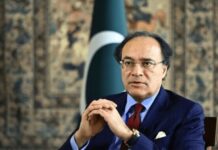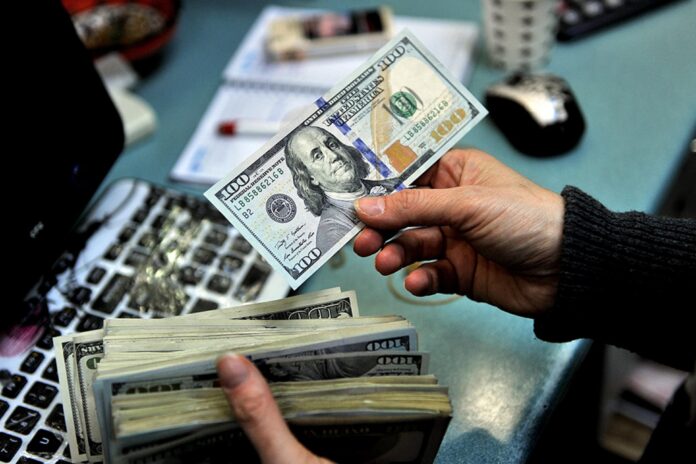The US Dollar continued its surge against the rupee on Wednesday, rising to a historic high of Rs170 in the interbank market.
The dollar was up 31 paisa in the interbank market and trading at around Rs170.27. In the open market, it was up by 50 paisa and trading at around Rs172.30.
According to the State Bank of Pakistan (SBP), the local currency had closed at Rs169.97 against the greenback on Tuesday.
With the latest drop of Rs0.13, the local currency has depreciated 7.89 per cent or Rs12.43 since June 2021 and 11.62 per cent (or Rs17.7) since its recent high of Rs152.27 recorded on May 14.
According to the Pakistan Bureau of Statistics (PBS), Pakistan’s two-month (July-August) trade deficit widened 120 per cent to $7.5 billion after imports saw a new historic peak but exports plunged for the third successive month despite heavy subsidies being given to exporters and significant currency devaluation.
Moreover, the rupee may be moving down in search of the value that can help resume the International Monetary Fund’s (IMF) $6 billion loan programme, which has been on hold for the last two months.
The country is set to hold staff-level talks with the IMF on resuming the programme on October 4.
Media reports state that a section of financial markets has changed its view over the rupee-dollar parity in short to long-run, anticipating the local currency would maintain its downward trend under the current cycle instead of getting stabilised at current levels amid rising import payment pressure and worsening financial crisis in Afghanistan.
In this regard, a report by The Express Tribune on Tuesday had quoted a JS Global official saying that the rupee will gradually drop to Rs175-176 against the greenback by the end of current fiscal year.
On August 26, 2020, the dollar hit Rs168.43. Then it started declining and reached Rs151.83 on May 14, 2021. However, the greenback started rising and has appreciated by 6.6 per cent and 9.9pc since June and May 14, 2021, respectively.
The State Bank of Pakistan (SBP) had indicated earlier that the dollar could appreciate during the current financial year due to an expected higher current account deficit.























